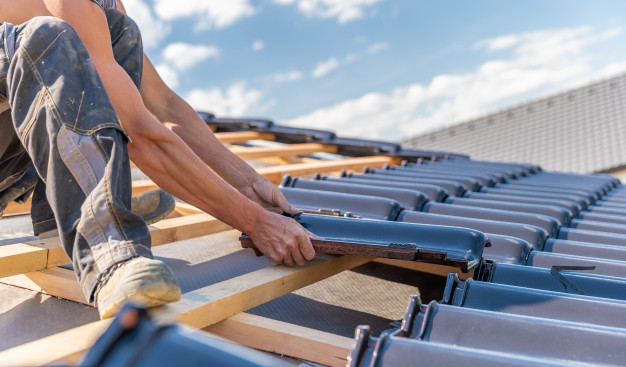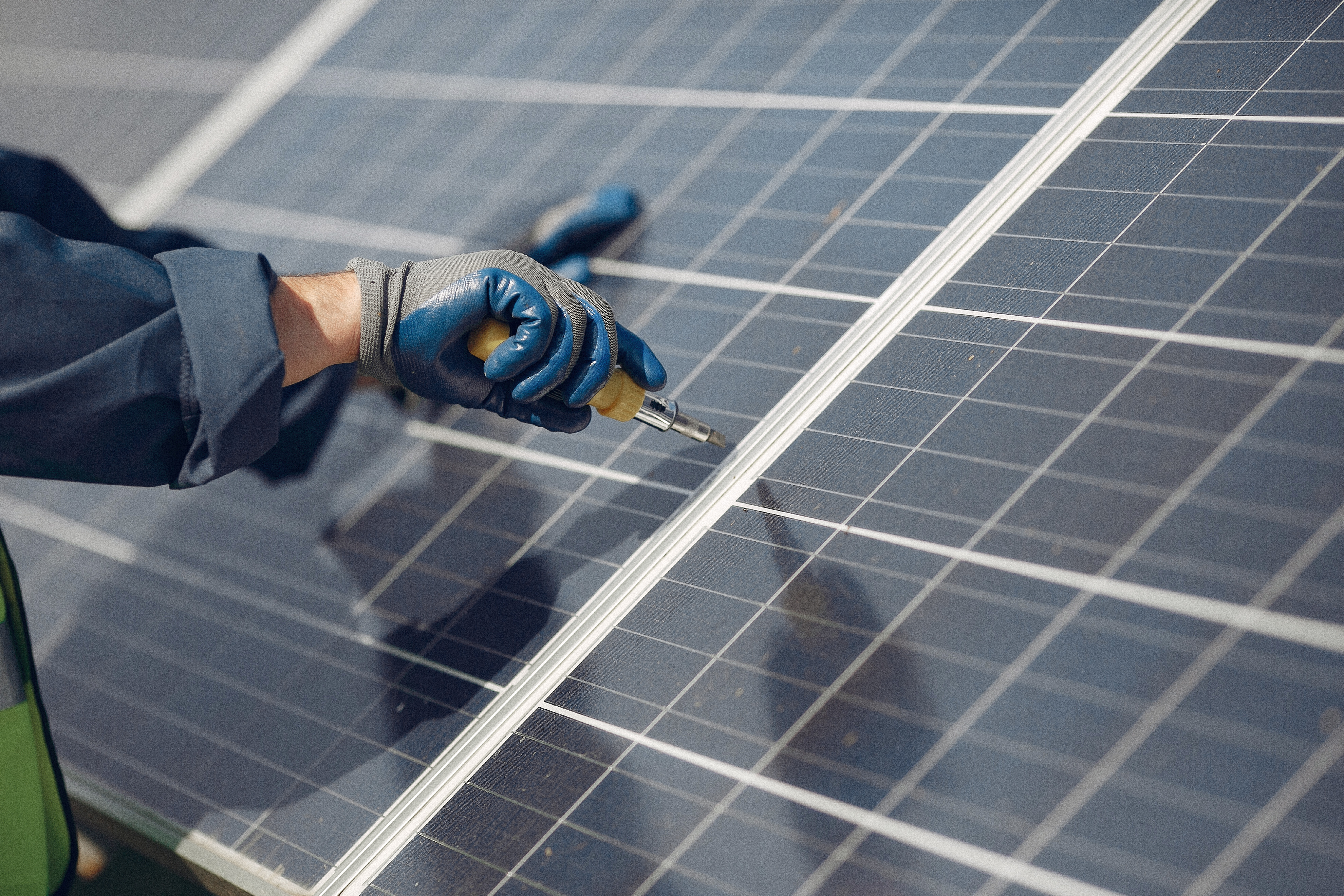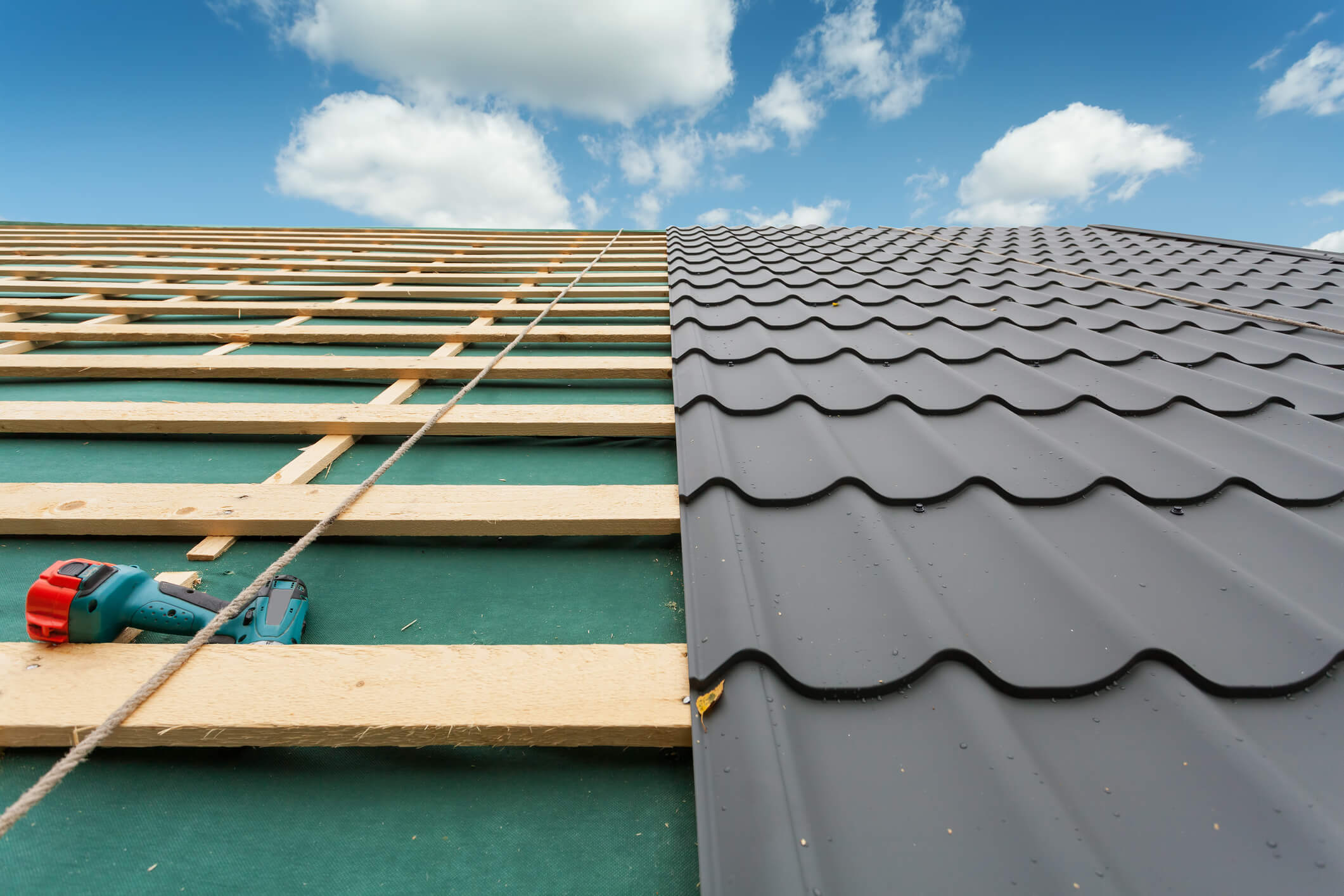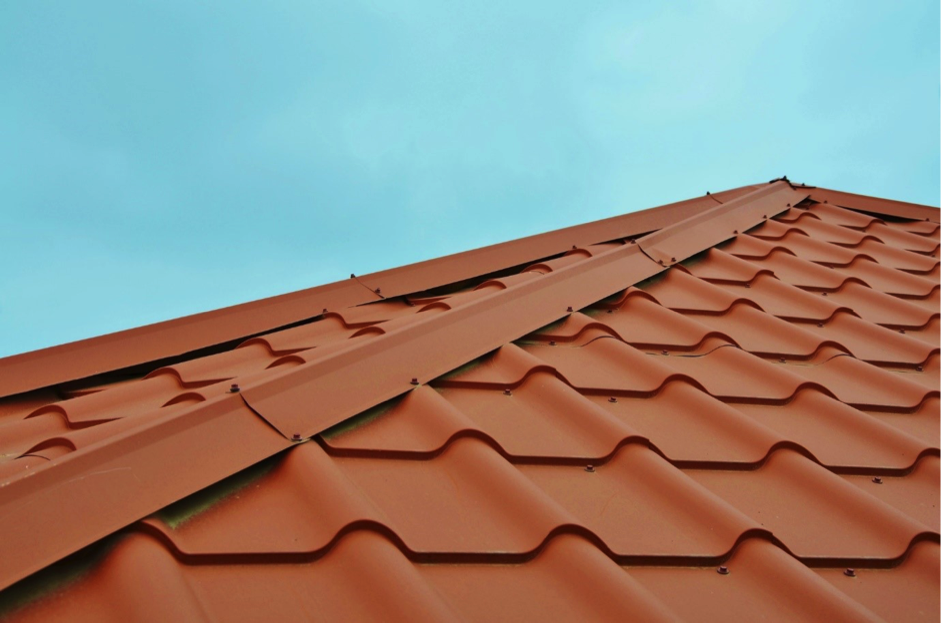Our homes are more than just shelters; they are statements of our commitment to the environment!

As climate change becomes a growing concern, homeowners around the world are seeking sustainable alternatives in every aspect of their dwellings. Roofing, a traditionally overlooked facet, is emerging as a key player in these eco-friendly renovations. Why? Because the right roof can serve as more than just a shield against the elements—it can also be a significant contributor to energy efficiency.
Roofing is more than just the protective shield over our heads. It is a vital part of the structural integrity of our homes and a significant factor that influences our energy consumption. Energy-efficient roofing is a growing trend that aims to decrease energy use, increase cost savings, and reduce the environmental footprint of our homes. Read more to delve into the world of sustainable, energy-saving roofs and discover the options that can lead you to a greener home.
What is Energy-Efficient Roofing?
Energy-efficient roofing, often referred to as “cool roofing,” is designed to absorb less heat and reflect more sunlight compared to traditional roofing. These roofs reduce energy costs by cutting the need for air conditioning, which in turn decreases greenhouse gas emissions. They also improve indoor comfort for spaces that aren’t air-conditioned, like garages or covered patios.
Sustainable Roofing Materials
There’s a wide variety of materials available to make your roof more energy-efficient.
Metal Roofs:
Metal roofs are highly reflective, meaning they can effectively bounce back the sun’s rays, reducing the amount of heat absorbed. Many metal roofs come with specialized “cool” coatings that further improve their reflective capabilities.
Solar Tiles:
Innovative and futuristic, solar tiles integrate seamlessly into your existing roof, and they generate energy from sunlight. This solution not only reduces your energy costs but also contributes to a greener grid by producing renewable energy.
 Engineer in a white helmet. Man near solar panel.
Engineer in a white helmet. Man near solar panel.
Green Roofs:
These roofs are covered with vegetation and a growing medium over a waterproof membrane. They provide insulation, reduce the urban heat island effect, manage stormwater, and offer a habitat for wildlife. They’re most suitable for flat roofs and need extra structural support to handle the additional weight.
Benefits of Energy-Efficient Roofing:
Cost Effective
One of the most tangible benefits of energy-efficient roofing is the cost savings. By reducing your home’s reliance on air conditioning, these roofs can significantly lower your utility bills, leading to substantial savings over time. This financial benefit extends beyond your monthly bills; energy-efficient roofs typically have a longer lifespan than traditional roofing materials, reducing the frequency and cost of roof replacements.

Improved Indoor Comfort:
Energy-efficient roofs are designed to minimize heat transfer, which helps maintain a more consistent and comfortable indoor temperature. This results in less reliance on air conditioning in summer and heating in winter, creating a more pleasant living environment year-round.
Environmental Impact Reduction:
By decreasing your home’s energy consumption, energy-efficient roofing helps reduce your carbon footprint, playing a part in global efforts to mitigate climate change. In addition, many energy-efficient roofing materials are made from recycled materials or are fully recyclable at the end of their lifespan, contributing to a circular economy.
Considerations When Choosing an Energy-Efficient Roof
While the benefits of energy-efficient roofing are many, there are certain considerations you should take into account.
Climate:
Your local climate is a vital factor. For example, cool roofs are more beneficial in warmer climates where cooling costs are a major concern. In areas with colder climates, you may want to consider other options that provide insulation and prevent heat loss during winter months.
Roof Slope:
The slope or pitch of your roof may limit your choice of materials. For instance, green roofs are typically suited for flatter surfaces as they require additional structural support to accommodate the weight of the vegetation and growing medium. Steeper roofs may be better suited for cool roofing materials or solar panels.

Cost:
While these options may be more expensive upfront, the long-term savings on energy costs and the roof’s longevity can offset the initial investment. Consider the return on investment (ROI) over time and weigh it against the initial cost. Additionally, explore any available incentives, tax credits, or financing options that can help make the investment more affordable.
Maintenance:
Different energy-efficient roofing options may have varying maintenance requirements. For example, solar roofing systems require periodic cleaning to ensure optimal energy generation. Green roofs may require regular maintenance to manage the vegetation and ensure proper drainage. Consider the time, effort, and cost involved in maintaining the chosen roofing system to make an informed decision.
Conclusion:
Energy-efficient roofing is not only an investment in your home but also in our planet’s future. It’s a tangible step towards a sustainable, greener lifestyle. By choosing energy-efficient roofing, you’re ensuring comfort, cost savings, and a cleaner environment. To explore further, check out EPA to learn more about how these roofs work and how they contribute to mitigating the urban heat island effect.
Start your journey towards a greener home today with energy-efficient metal roofing solutions.




